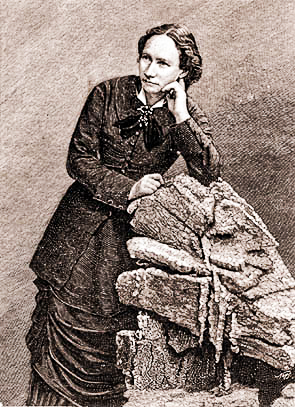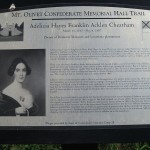Those of you who have been long-time readers of my blogs know that I like to highlight women who were significant to the historical periods I write about (e.g., Medieval Paris, French Revolution, and now, World War II and the Occupation of Paris). So many of these women are overlooked for their roles and accomplishments.
Today, you will be introduced to a woman who was considered a revolutionary as well as an anarchist. Over her lifetime, Louise Michel was given many nicknames: La Louve rouge (the red she-wolf), the “French grande dame of anarchy,” and la Bonne Louise (the good Louise). But it was “The Red Virgin” label which most people knew her by. Michel was a sought-after speaker, a playwright, an author, and a well-known advocate for women’s rights including education and property rights.
Did you Know?
Did you know that Queen Elizabeth II’s profile faces right on every coin she’s featured on? The tradition is to reverse the profile with each succeeding reigning monarch. So, going back to Queen Victoria, her profile faces left while her son, Edward VII (r. 1901-1910), faces right. His son, George V (r. 1910-1936), looks to the left, but his successor, George VI (r. 1936-1952) also faces to the left. Did George VI (Queen Elizabeth II’s father) break tradition? Not really. It was Edward VIII who chose to break tradition and during his short reign (eleven months; he abdicated in December 1936), the coins were minted with his profile facing left. After the abdication, George VI took the view that his brother’s profile should have been to the right and as such, opted to continue the tradition by facing left. His daughter carried on the tradition and her profile is to the right.
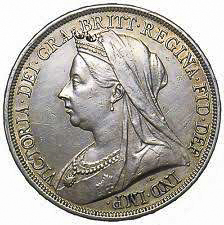
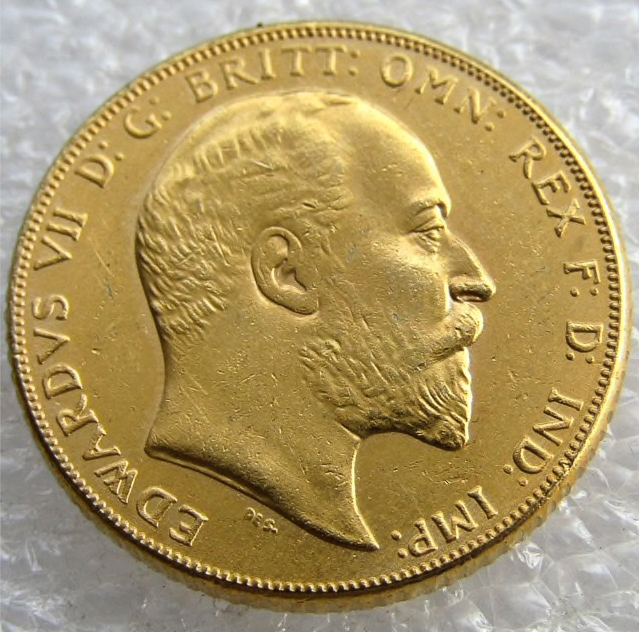

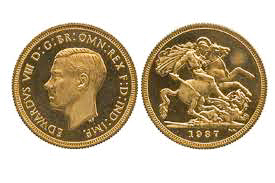
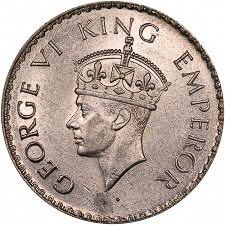
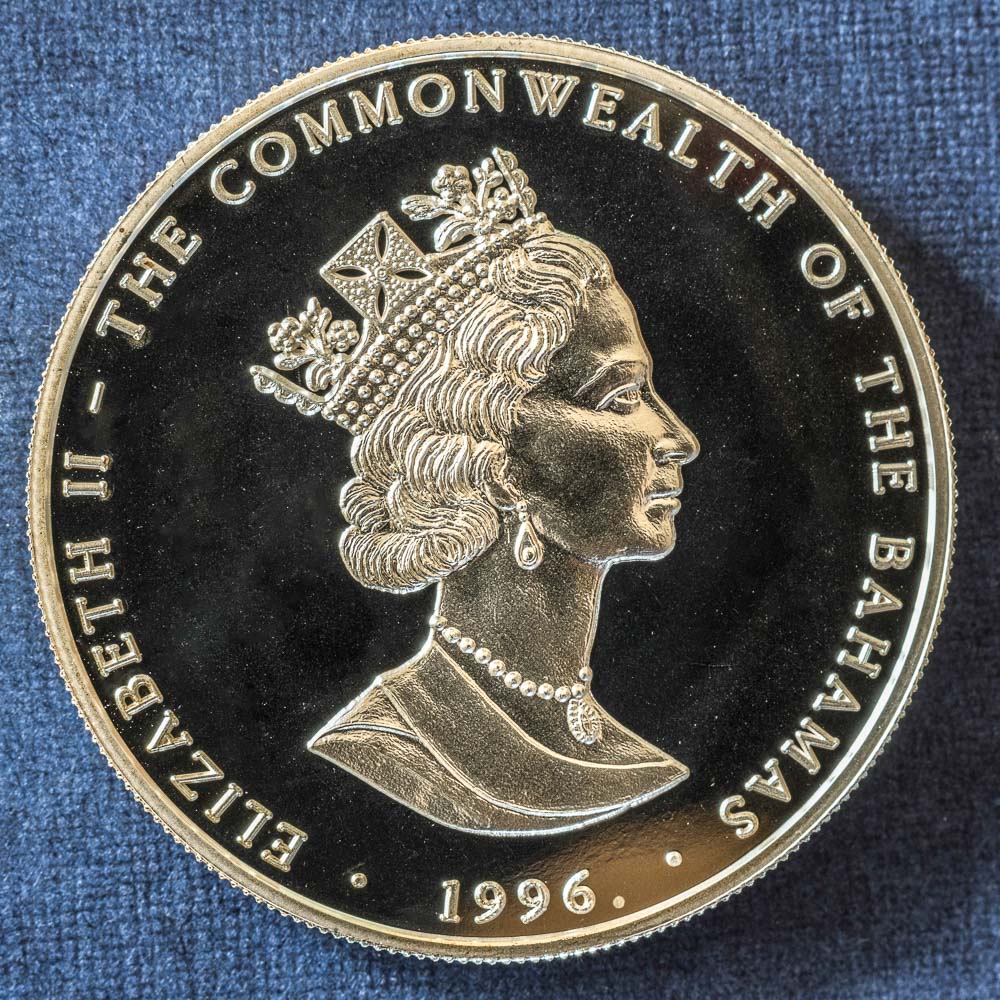
Let’s Meet Louise Michel
Louise Michel (1830-1905) was the illegitimate daughter of a maid. Coincidentally, she was born in the year when the citizens rose to depose the last Bourbon king, Charles X. Raised by her grandparents, Louise received an excellent education and ultimately became a teacher. In 1865, she opened a progressive school in Paris and began to associate with radical members of society including Théophile Ferré. By this time, Napoléon III and his Second Empire ruled the country and as the years went on, general dissatisfaction with the emperor grew.
